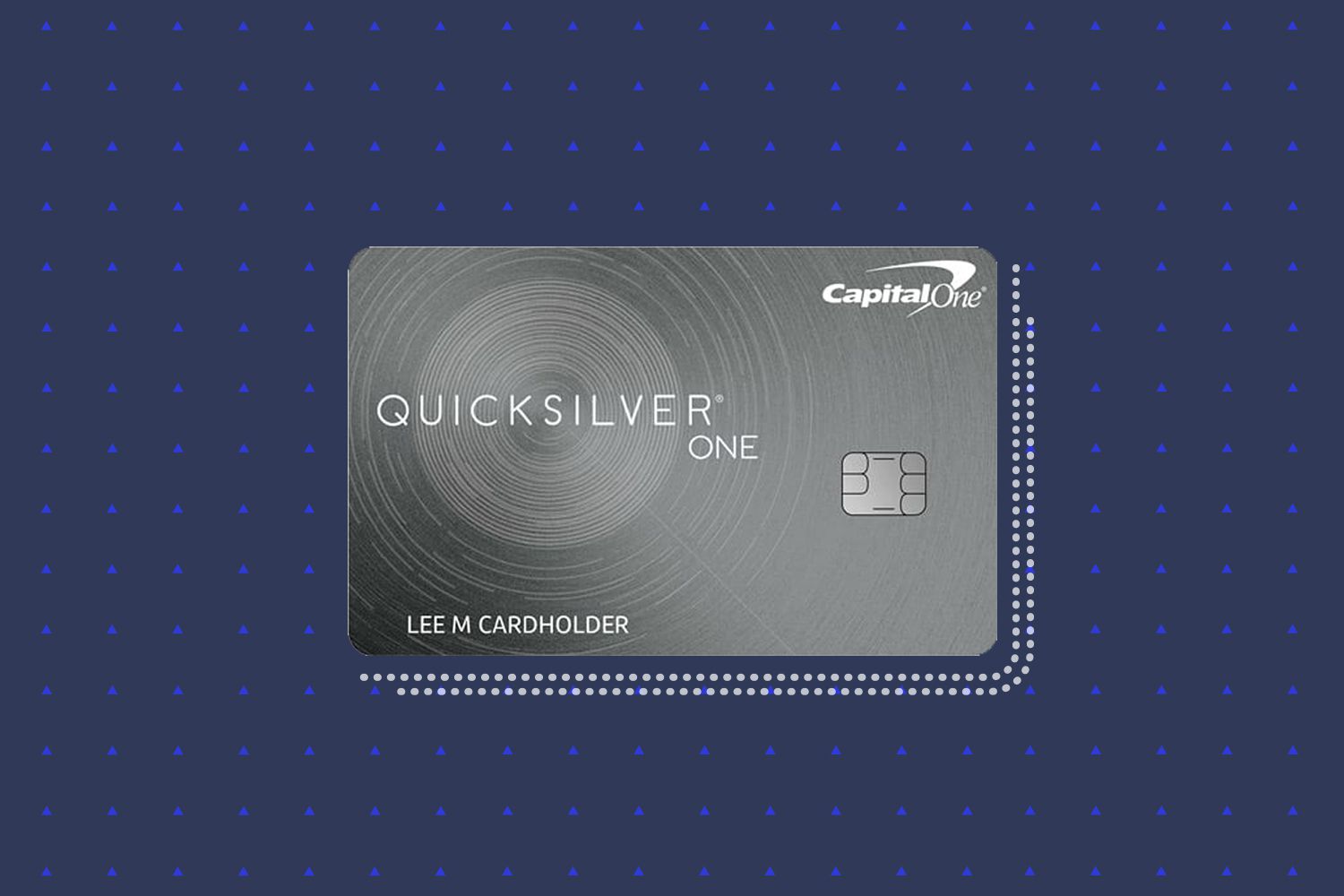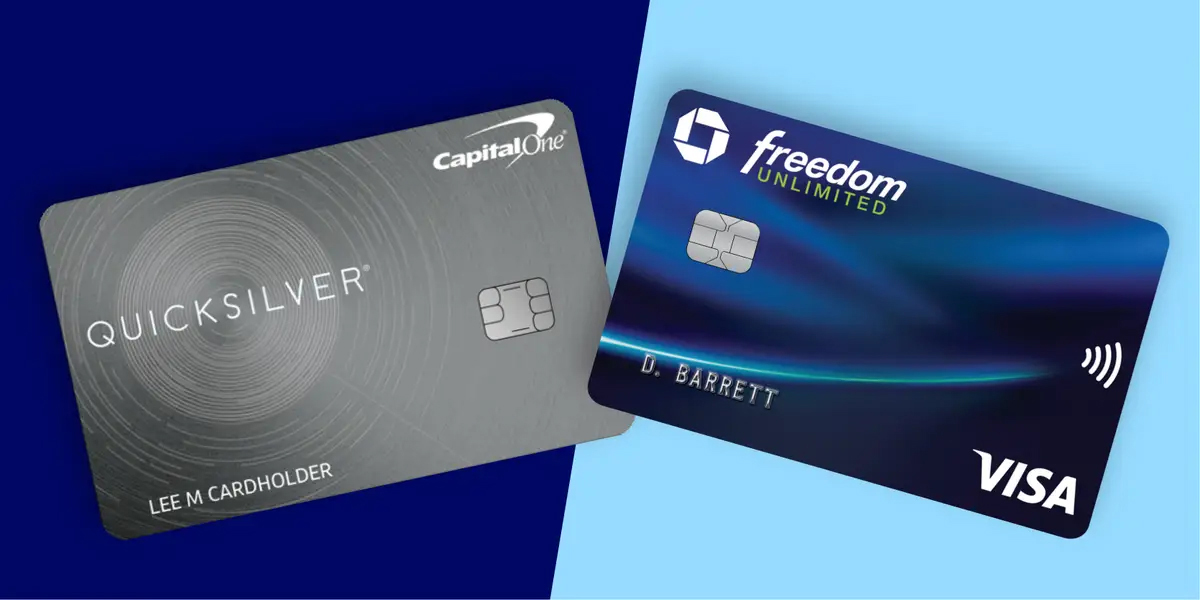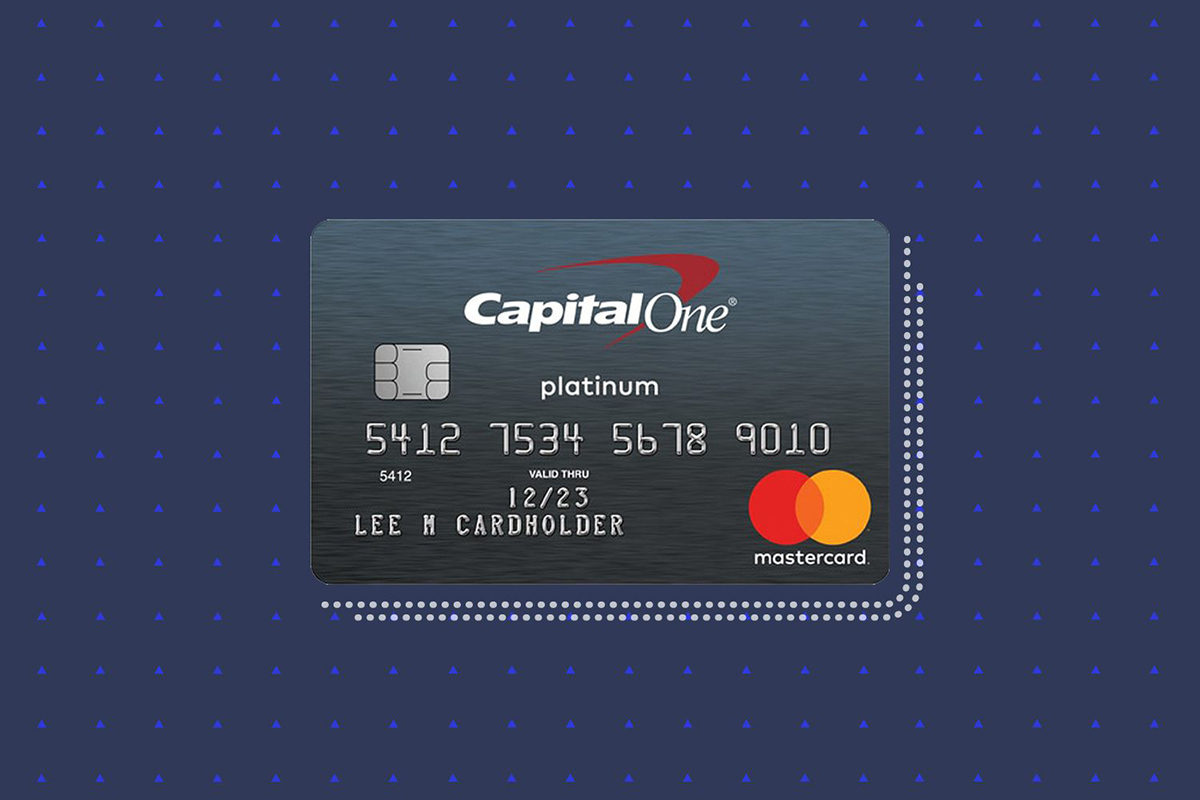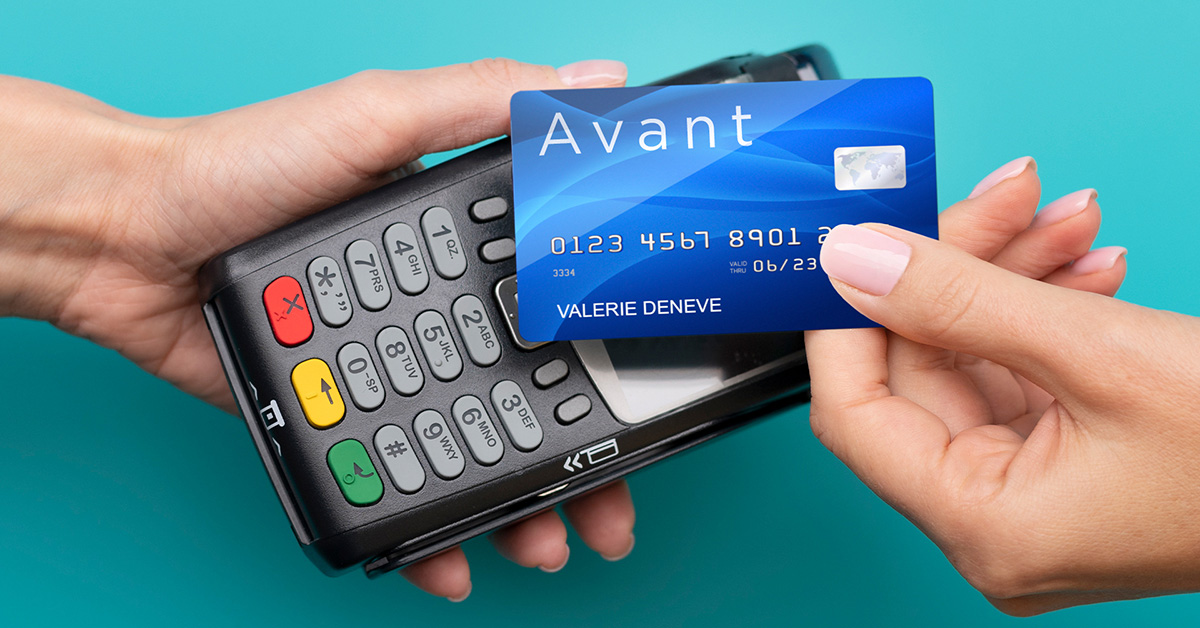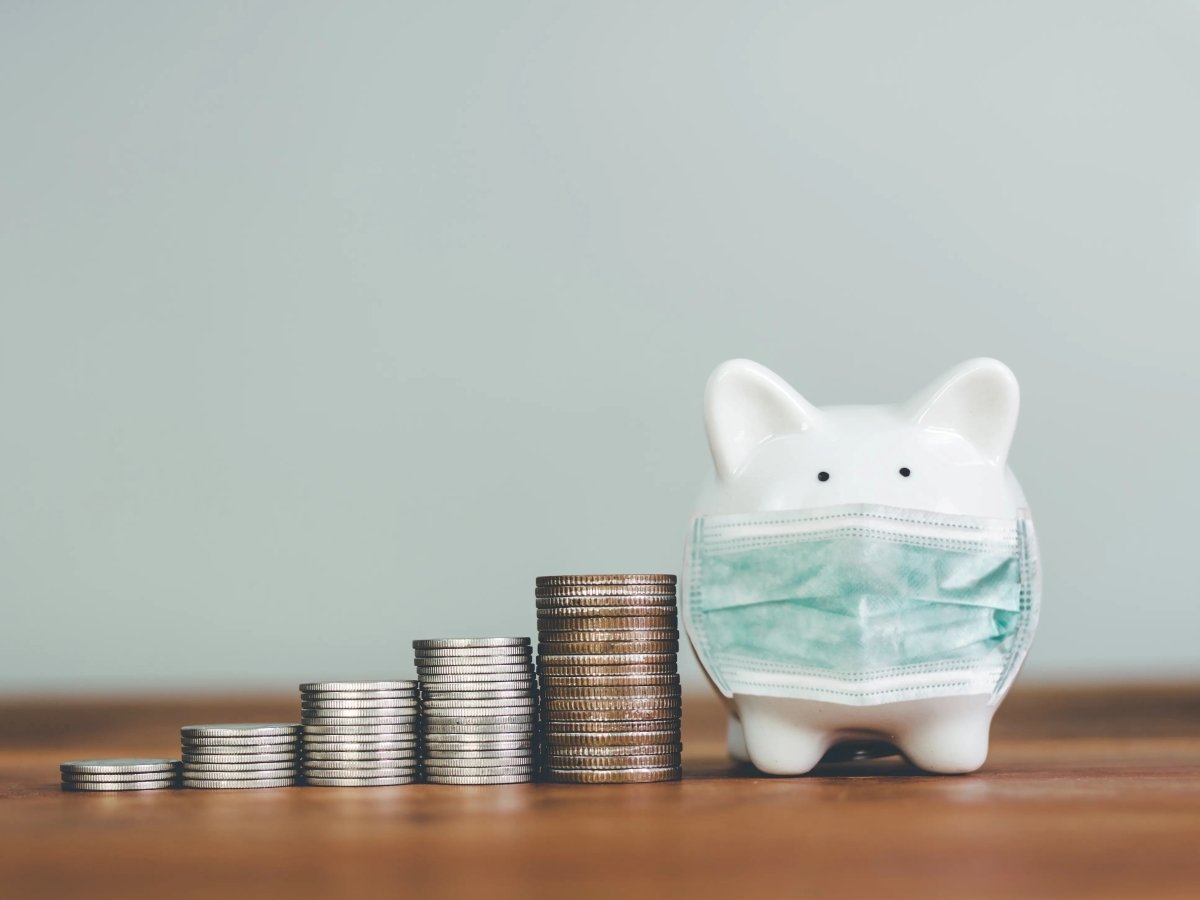Home>Finance>How Often Does Capital One Quicksilver Increase Credit Limit
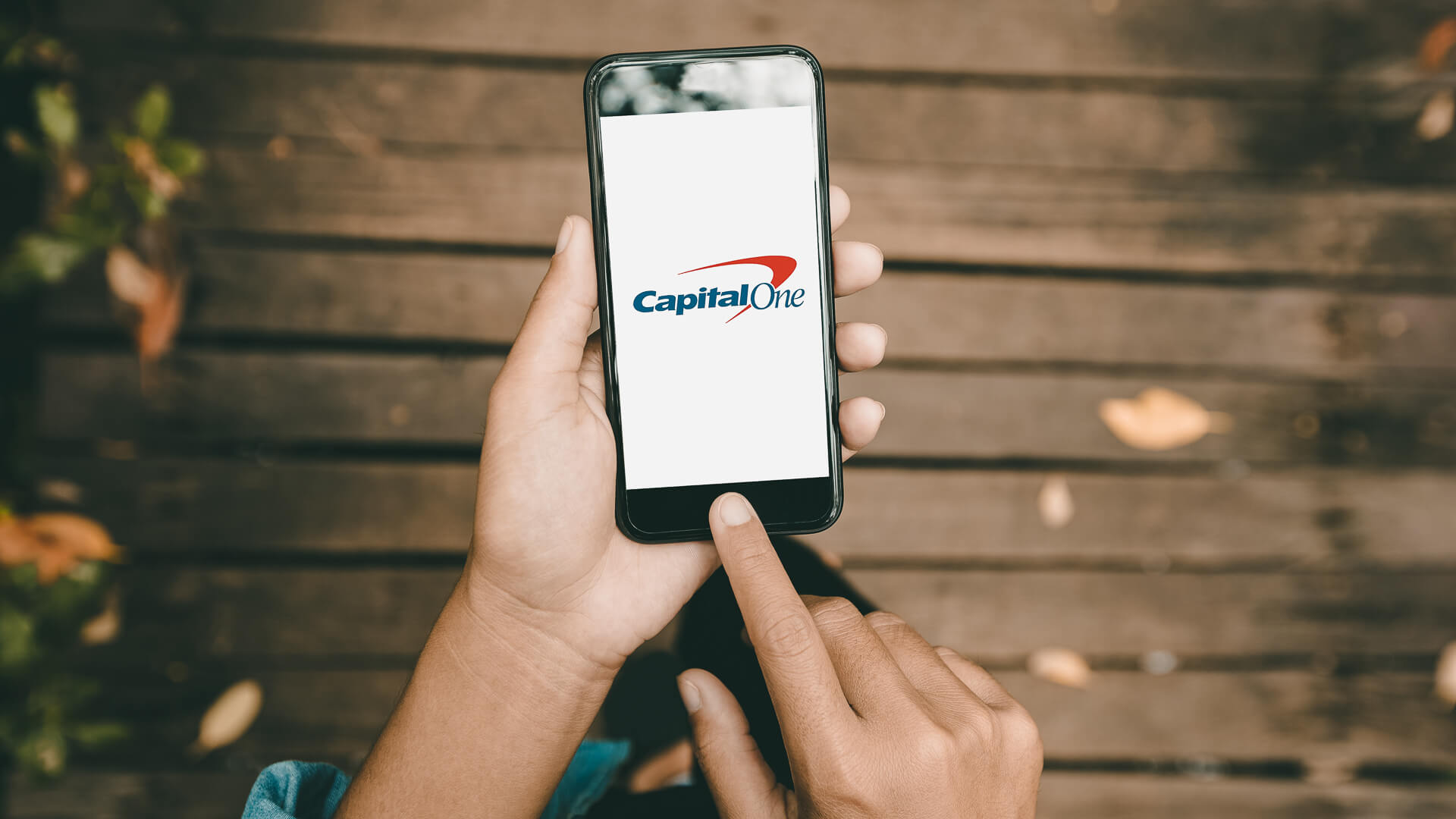

Finance
How Often Does Capital One Quicksilver Increase Credit Limit
Modified: January 15, 2024
Learn how often Capital One Quicksilver increases credit limits and gain financial flexibility. Get insights and tips to maximize your purchasing power.
(Many of the links in this article redirect to a specific reviewed product. Your purchase of these products through affiliate links helps to generate commission for LiveWell, at no extra cost. Learn more)
Table of Contents
Introduction
Credit cards have become an essential financial tool in today’s world, providing convenience and flexibility for making purchases and managing expenses. As credit cardholders, we often strive to increase our credit limits to accommodate our evolving financial needs and aspirations. Capital One Quicksilver, a popular cash back credit card, offers its cardholders the opportunity to request credit limit increases. However, the frequency and success of these requests may vary depending on several factors.
Understanding the process of credit limit increases can empower cardholders to make informed decisions and potentially improve their credit utilization and financial standing. In this article, we will explore how often Capital One Quicksilver increases credit limits, the factors influencing this decision, and provide valuable tips on how to increase your credit limit.
It is important to note that while this article focuses specifically on Capital One Quicksilver, the principles and strategies outlined can be applied to credit limit increases across various credit card providers. So without further ado, let’s dive into the world of credit limit increases and discover how Capital One Quicksilver can help you achieve your financial goals.
Understanding Credit Limit Increases
Credit limit increases refer to the process of raising the maximum amount of credit available on your Capital One Quicksilver credit card. Essentially, it allows cardholders to have more purchasing power and flexibility with their card. However, credit limit increases are not automatic and typically require a proactive approach from the cardholder.
When you apply for a credit card, the issuer, such as Capital One, sets an initial credit limit based on various factors such as your credit score, income, and credit history. This initial limit acts as a cap on the amount of money you can spend using your card. However, as your creditworthiness and financial situation improve, you may be eligible for a credit limit increase.
Capital One Quicksilver offers cardholders two primary methods to request a credit limit increase: through an online request or by contacting their customer service. It’s important to note that credit limit increases are subject to approval based on factors such as your payment history, credit utilization ratio, and overall creditworthiness.
Before requesting a credit limit increase, it’s essential to understand the impact it can have on your credit score. When you request a credit limit increase, Capital One will typically perform a hard inquiry on your credit report. This inquiry can temporarily lower your credit score by a few points. However, if you use the increased credit responsibly, it can positively affect your credit utilization ratio, which is an important factor in determining your credit score.
Now that we have a basic understanding of credit limit increases let’s explore the factors that influence Capital One Quicksilver’s decision regarding these requests.
Factors Influencing Capital One Quicksilver Credit Limit Increases
When considering a credit limit increase request, Capital One Quicksilver takes into account several factors to determine whether to grant the increase. These factors help assess a cardholder’s creditworthiness and ability to handle a higher credit limit responsibly. Understanding these factors can give you insight into what Capital One looks for when considering credit limit increase requests.
- Payment History: A strong and consistent history of on-time payments is one of the key factors Capital One considers. Cardholders who have demonstrated responsible payment behavior have a higher chance of being approved for a credit limit increase.
- Credit Utilization Ratio: Your credit utilization ratio is the percentage of your overall available credit that you’re currently using. Capital One Quicksilver looks at this ratio to determine if you’re utilizing your existing credit responsibly. Maintaining a lower credit utilization ratio, ideally below 30%, can increase your chances of getting a credit limit increase.
- Income and Employment Stability: Capital One may consider your income and employment stability when reviewing your credit limit increase request. Cardholders with a stable income and employment history are often seen as less risky borrowers.
- Credit Score: Your credit score plays a significant role in the credit limit increase decision. Capital One Quicksilver looks at your credit score to assess your overall creditworthiness and risk. Generally, a higher credit score improves your chances of getting an increase.
- Account History: Your history with Capital One Quicksilver can also impact the approval of a credit limit increase. If you have a long-standing relationship with the company and a track record of responsible credit card usage, it can work in your favor.
Keep in mind that these factors are not exclusive, and Capital One may consider additional variables when evaluating a credit limit increase request. It’s essential to maintain a positive financial track record and demonstrate responsible credit management to increase your chances of being approved for a credit limit increase.
Now that we understand the factors that influence credit limit increases, let’s explore how often Capital One Quicksilver grants these increases.
Capital One Quicksilver Credit Limit Increase Frequency
The frequency of credit limit increases for Capital One Quicksilver may vary depending on several factors, including your creditworthiness, payment history, and overall financial health. While Capital One does not disclose explicit guidelines on how often they grant credit limit increases, there are certain patterns and best practices to keep in mind.
Capital One generally prefers to see a consistent payment history and responsible credit card usage before considering a credit limit increase. This means making timely payments, keeping your credit utilization ratio low, and avoiding any negative credit events.
In general, it is advisable to wait at least six months after opening your Capital One Quicksilver account before requesting a credit limit increase. This timeframe allows you to build a positive history with the card and demonstrates your ability to manage credit responsibly.
While there are no guarantees regarding the frequency or timing of credit limit increases, several cardholders report receiving increases every six to twelve months, especially if they have been diligent in their payment habits and demonstrated responsible credit usage.
It’s important to note that each credit limit increase request is evaluated on a case-by-case basis. Therefore, just because you received an increase previously does not guarantee approval for future increases. Capital One assesses your current financial situation, payment history, and creditworthiness to make a well-informed decision.
Remember that requesting frequent credit limit increases can potentially raise concerns for the credit card issuer, as it may indicate an increased reliance on credit or financial instability. It is generally advisable to request credit limit increases when you have a legitimate need for additional credit and can demonstrate responsible credit management.
Now that we have a better understanding of the credit limit increase frequency, let’s explore some useful tips to increase your chances of getting a credit limit increase on your Capital One Quicksilver card.
Tips for Increasing Your Capital One Quicksilver Credit Limit
If you’re looking to increase your credit limit on your Capital One Quicksilver credit card, here are some helpful tips to improve your chances:
- Improve your credit score: A higher credit score can enhance your creditworthiness and increase your likelihood of getting approved for a credit limit increase. Focus on paying your bills on time, reducing your overall debt, and maintaining a low credit utilization ratio.
- Demonstrate responsible credit card usage: Show Capital One that you can responsibly handle a higher credit limit by making timely payments, staying within your credit limit, and avoiding any negative credit events.
- Wait for the right time: It is generally advisable to wait at least six months after opening your Capital One Quicksilver account before requesting a credit limit increase. This demonstrates a history of responsible credit card usage and increases your chances of approval.
- Pay off outstanding balances: Before requesting a credit limit increase, strive to pay off any outstanding balances on your card. This shows that you can manage your existing credit and gives you a stronger case for a credit limit increase.
- Keep your income information up to date: Capital One may consider your income when evaluating a credit limit increase request. Make sure your income information is accurate and updated to reflect any changes that may increase your chances of approval.
- Use Capital One Quicksilver as your primary card: By using your Capital One Quicksilver card for most of your daily expenses and activities, you demonstrate your dependence on the card and build a stronger case for a credit limit increase.
- Monitor your credit regularly: Stay on top of your credit report and monitor any changes or inaccuracies. Identifying and addressing any issues promptly can help improve your creditworthiness and increase your chances of getting a credit limit increase.
Remember, there is no guarantee of approval for a credit limit increase, as each request is evaluated on a case-by-case basis. However, by implementing these tips and maintaining responsible credit card usage, you can enhance your chances of receiving a credit limit increase on your Capital One Quicksilver card.
Now, let’s conclude our exploration of credit limit increases for Capital One Quicksilver.
Conclusion
Increasing your credit limit on your Capital One Quicksilver credit card can provide you with greater purchasing power and financial flexibility. By understanding the process and factors that influence credit limit increases, you can take proactive steps to improve your chances of approval.
Remember that Capital One evaluates credit limit increase requests based on factors such as payment history, credit utilization ratio, income stability, credit score, and account history. Maintaining a positive track record of responsible credit card usage, making timely payments, and keeping your credit utilization ratio low are essential for demonstrating your creditworthiness.
While Capital One does not disclose the exact frequency of credit limit increases, many cardholders report receiving increases every six to twelve months, especially those who have established a strong history of responsible credit management.
To increase your chances of getting a credit limit increase, focus on improving your credit score, demonstrating responsible credit card usage, paying off outstanding balances, and keeping your income information updated. Additionally, make your Capital One Quicksilver card your primary card, monitor your credit regularly, and request an increase at an appropriate time.
Remember, credit limit increases are not guaranteed, and each request is evaluated on an individual basis. However, by following the tips outlined in this article and being diligent with your credit management, you can improve your chances of receiving a credit limit increase on your Capital One Quicksilver card.
Now that you are equipped with knowledge on credit limit increases, take proactive steps, maintain responsible credit usage, and work towards achieving your financial goals with your Capital One Quicksilver credit card.




